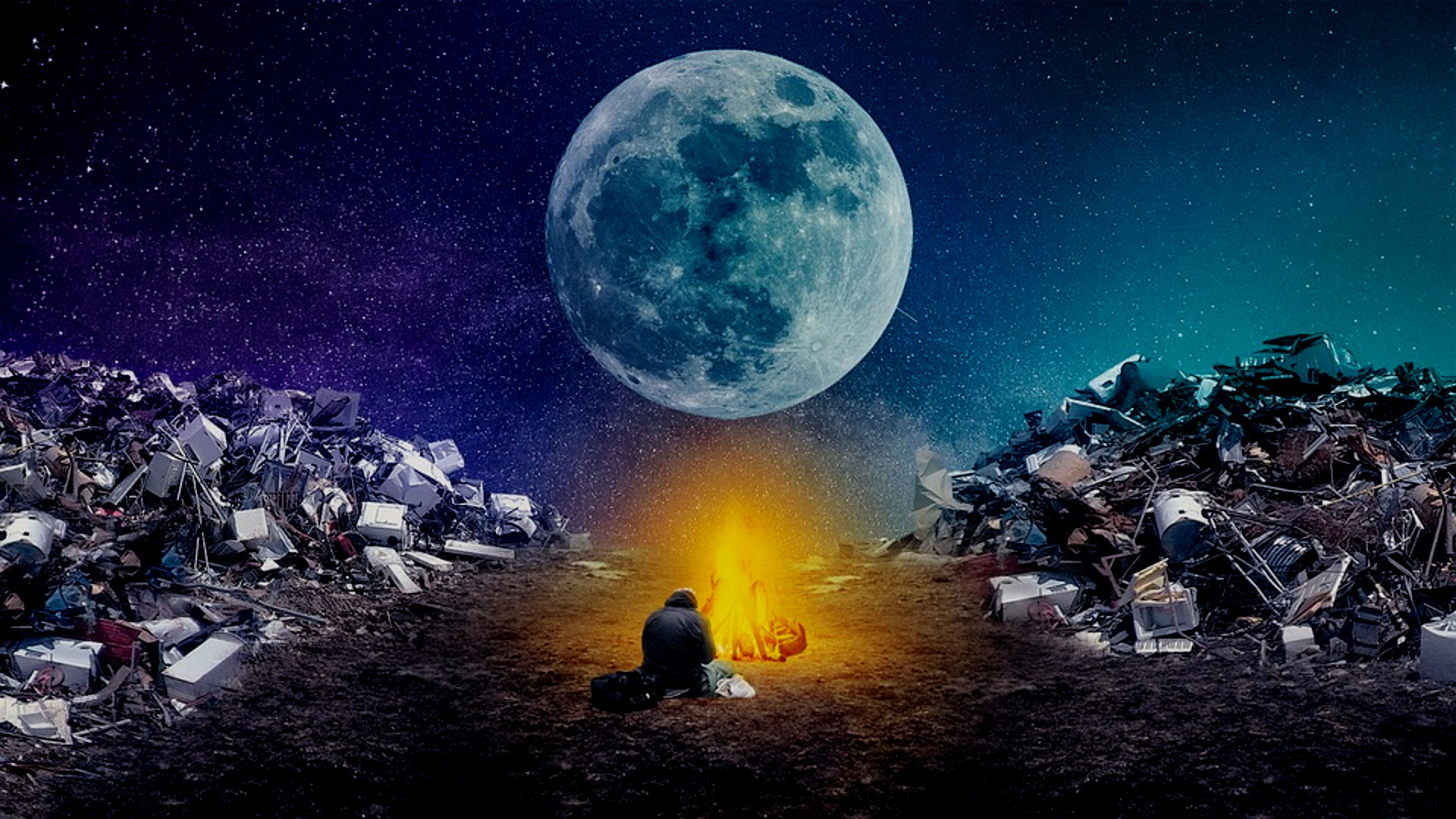
New Boom Business? Space Debris and Satellite Collisions
by Joseph P. Farrell, Giza Death Star
August 29, 2021
Recently, former assistant secretary of Housing and Urban Development Catherine Austin Fitts and I recorded her latest Solari Report quarterly wrap-up, and during those sessions, she briefly mentioned a very significant thing, so significant it may have been lost amid all the other things we were talking about. That thing was space debris, and the possibility – in my opinion a strong one – that one of this century’s boom industries might very well be space debris clean-up operations.
With that in mind, consider this story that was spotted and shared by N. (Thank you!) The story in a nutshell? A bit of Russian space debris recently collided with a Chinese satellite:
Space Satellite, Junk Tracker: Old Part of Russian Rocket Crashes on Chinese Satellite!
The collision itself is not all that unusual, nor noteworthy:
Several researchers have warned against space debris. Last March, their cautions proved to be true after the Chinese satellite Yunhai 1-02 came in contact with the remains of the Russian Rocket Zenit-2. Yunhai 1-02 gained severe damages during the collision.
In September 2019, China launched a military satellite for disaster prevention and mitigation, observing atmospheric, marine and space environments and scientific experiments. It was later reported to have suffered a “break-up event” on March 18.
…
At that time, the details of the collision were unclear. Many theorized it might have experienced problems with its propulsion system.
However, astrophysicist and satellite tracker Jonathan McDowell served a different explanation for the damage.
…
On August 15, McDowell spotted an update on the Space-Track.org. This is a website that monitors space activity, with records available to registered users. McDowell said that the update wrote “Object 48078, 1996-051Q: ‘Collided with satellite.'”
McDowell further explained that Object 48078 is a small piece of space junk, about 4 inches and 20 inches pieces from the Zenit-2 rocket that launched Russia’s Tselina-2 spy satellite back in September 1996.
Now, before we continue, let me be clear. Some collisions I view as highly suspicious. Back in 2009, for example, a Russian and American satellite collided. (See https://www.rferl.org/a/US_Russian_Satellites_Collide_In_Space/1491787.html) At the time, I entertained a high octane speculation that perhaps “someone” had nudged both satellites together: after all, neither Russia nor the United States is in the habit of placing satellites in orbits where they will deliberately collide. I still adhere to this view, at least with respect to that particular incident.
Here, however, I incline to the view that this was an accident. And the reason I do so is highlighted by the article itself:
This recent incident reiterates the earlier warnings of researchers. If space debris is not cleared up from Earth’s orbit, the number of space collisions will increase to insane rates.
McDowell told Space.com that “Collisions are proportional to the square of the number of things in orbit. That is to say, if you have 10 times as many satellites, you’re going to get 100 times as many collisions.”
With each collision producing more debris, the chances of collisions increase proportionally, and with plans to increase manned orbital and deep space missions, this can be life-threatening. And with plans for the further commercialization of space, this is also asset-threatening. And it’s here that a new industry looms: “If space debris is not cleared up from Earth’s orbit, the number of space collisions will increase to insane rates.” Enter Ms. Fitt’s “space-junk cleaning” industry. And note, that this is a pressing need.
The question is, what form will such an industry take?
I submit that there will be two basic forms: (1) the need to recover, and perhaps recycle, valuable components from various types of satellites and debris, which would require a cost-effective technology to go out there, a “grab-and-snag” technology, and return it to Earth or a space-based platform for recycling. Much more interesting, however, is the second possibility: (2) a technology capable of completely vaporizing debris, of getting rid of it altogether. That sort of clean-up implies a technology capable of “zapping” space debris into such small bits that the bits are no threat. But the “zappers” themselves could be. In effect, that component of the industry would effectively mean that weapons of some sort, along with their detection and targeting systems, would be in private industry hands. And of course, it also implies that those nations with space programs, and that are opposed to privatization of space, will be building their own national versions of space-clean up industry.
Either way one slices it, in other words, the space-junk phenomenon will require the weaponization of space. Space-junk makes it all but inevitable.
See you on the flip side…
Connect with Joseph P. Farrell
cover image credit: Baggeb / pixabay

Truth Comes to Light highlights writers and video creators who ask the difficult questions while sharing their unique insights and visions.
Everything posted on this site is done in the spirit of conversation. Please do your own research and trust yourself when reading and giving consideration to anything that appears here or anywhere else.











